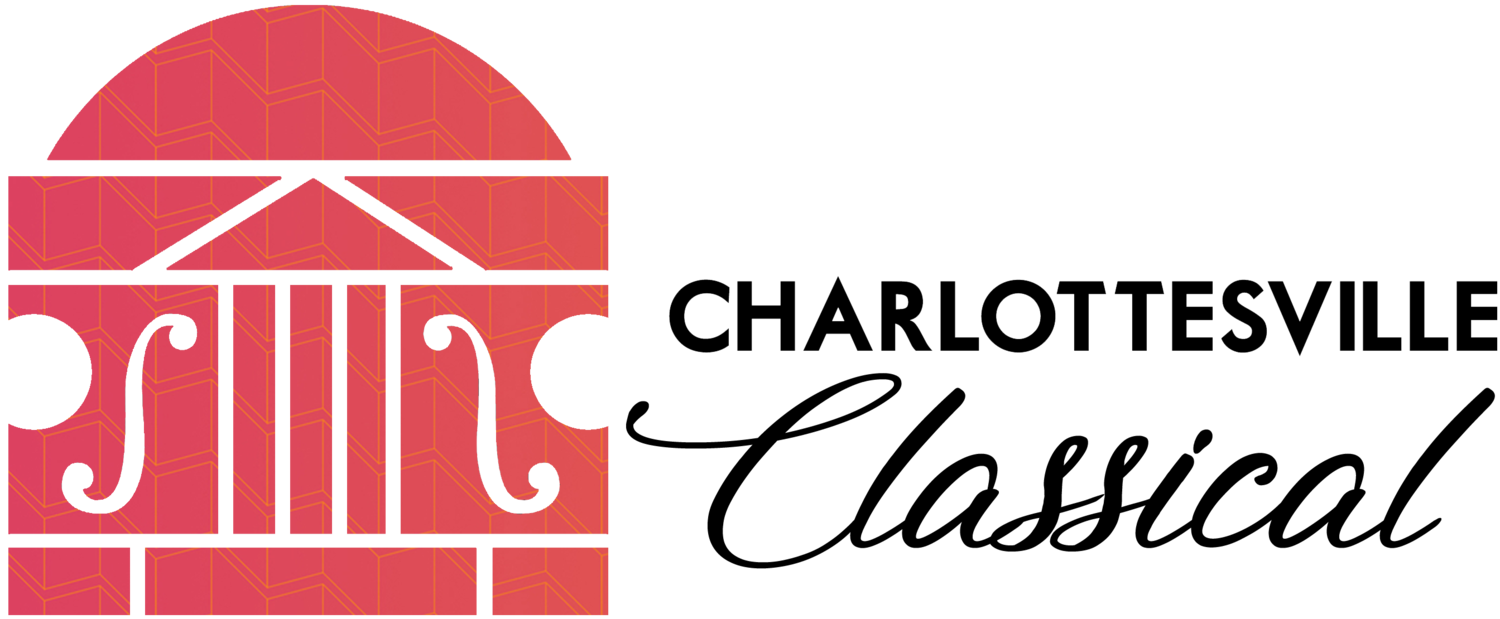Whose PI? Another classical copyright issue
My post this time was going to be about Michael John Blake. He recently posted a video on YouTube entitled "The Sound of Pi." In it he took the first 32 numbers of Pi, and using C for 1, D for 2, etc. created a melody using just the white keys of the piano. He then decided on a tempo (also based on Pi), and recorded the melody on piano. Then did it three more times with three different keyboard instruments, and mixed them together creating an interesting a quirky canon.
My original post was going to have the video, and then talk about other ways composers have used numbers and mathematical equations to lay out music -- and not just in the late 20th/early 21st Century, either.
Instead, this post will harken back to one I wrote two weeks ago about the unintentional consequences of draconian copyright law. If you look at Michael Blake's YouTube channel, you'll find this immensely popular video has been deleted. Why? Because someone claimed copyright infringement.
YouTube lives under a sword of Damocles. In an unspoken agreement, the major media companies have agreed not to sue YouTube for allowing unauthorized copies of their content to be posted, if YouTube will immediately and without question yank any video that someone claims violates their copyright.
Because of the sheer volume of videos uploaded every day, YouTube could not afford to hire enough people to review every single clip that goes up. So if anyone complains, the assumption is guilty until proven innocent.
So why was Blake's work yanked? In 1992 composer and mathematician Lars Erickson composed a Pi symphony. This work is also based on the first 32 numbers of Pi. Details are sketchy, but apparently Erickson claimed infringement and the video disappeared.
Is it a case of infringement? Hard to say. While the basic resource is identical, the methodologies are different. As near as I can determine, Erickson uses Pi to determine more than just the order of notes. Listening to excerpts of the Symphony side by side with Blake's Canon (that's not the name, but that's what it is), there's not only a significant difference in orchestration (which is a superficial difference), but also in tonal language, rhythms, compositional style, and many other factors.
To my ears, the two works in no way sound the same. So the question -- in my opinion -- boils down to this: is the concept of assigning notes to the first 32 digits of Pi something that is unique and copyrightable? Can a 12-tone row be copyrighted (not the finished composition, mind you, just the row)?
The major and minor scales have been around for centuries, as have the modes and other scales from other cultures. But what about the microtonal scales of Harry Partch? Are they copyrightable? Was Partch the only one who could legally use the building blocks of his music?
No one's gone to court on this one -- yet. Below are some links so you can decide for yourself. The first is an excerpt from Erickson's work. The second is the Blake video. The original has been deleted, but someone else has reposted it. At some point, I'm sure it will be removed -- so enjoy it while you can!
